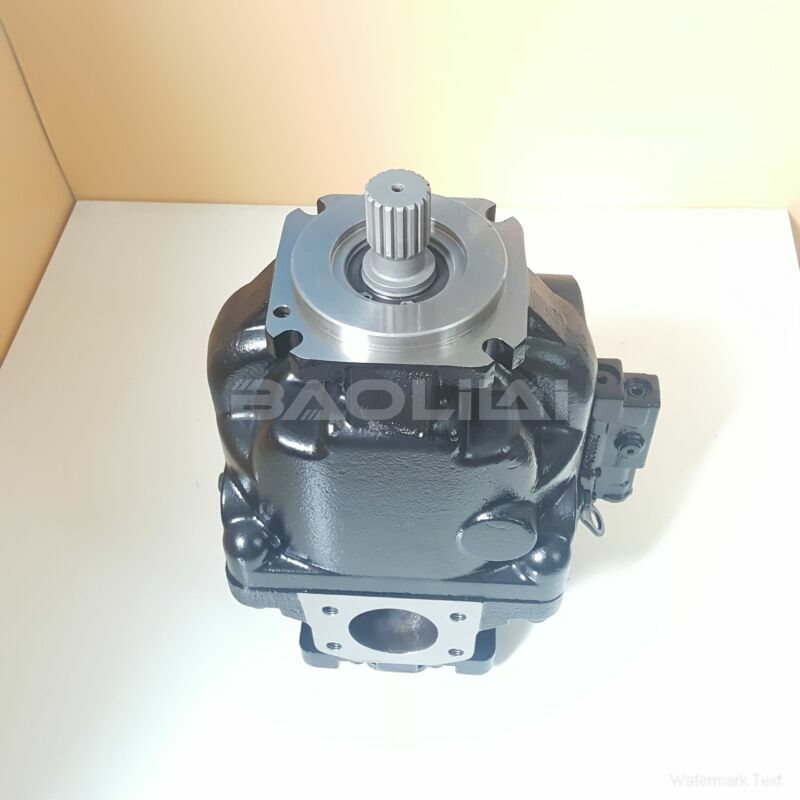ERL147CLS2020NNN3S1NPA1NNNNNNNNNN danfoss pump
ERL147CLS2020NNN3S1NPA1NNNNNNNNNN danfoss pump

- Product Details
- Applicable Scene
Another con is the potential for pulsation in the fluid flow. While some applications may benefit from a steady flow, others may require smooth, continuous movement. The inherent operation of plunger pumps can create pressure fluctuations, which may not be suitable for certain processes where uniform flow is critical. This pulsation can also lead to wear on downstream components.
ER-L-147C-LS-20-20-NN-N-3-S1NP-A1N-NNN-NNN-NNN
ERL147CLS2020NNN3S1NPA1NNNNNNNNNN
Noise is another factor to consider. Plunger pumps can be noisy compared to other types of pumps, which might pose challenges in environments where sound levels need to be controlled. This can necessitate additional investments in soundproofing or modifications to the working environment.

7000594
Lastly, while plunger pumps are capable of handling a wide range of fluids, they may not be the best option for highly abrasive or corrosive materials. In such cases, pump wear can occur more rapidly, necessitating more frequent replacements or the use of specialized materials, which can increase costs.
In conclusion, plunger pumps offer several advantages in heavy-duty applications, particularly their high-pressure capabilities and efficiency in fluid transfer. However, they also come with maintenance challenges, flow pulsation issues, noise concerns, and limitations regarding abrasive or corrosive substances. Weighing these pros and cons is essential for operators when selecting the right pump for their specific needs and ensuring optimal performance in demanding environments.





